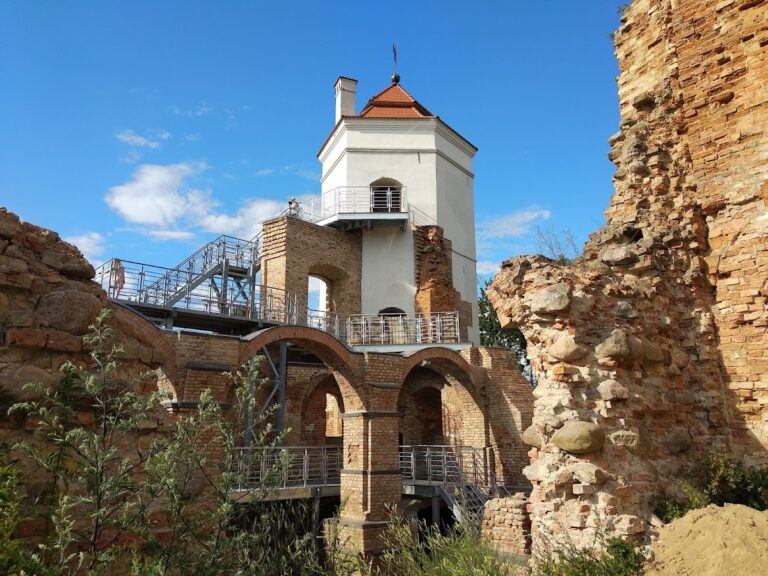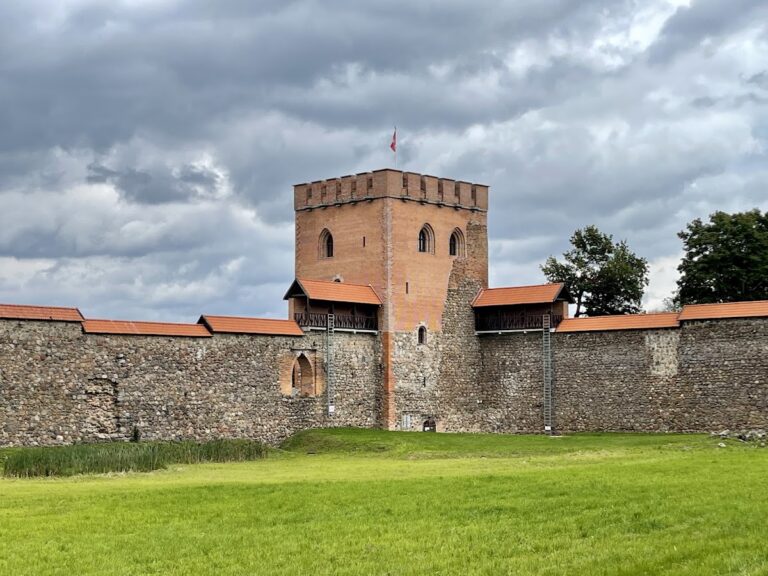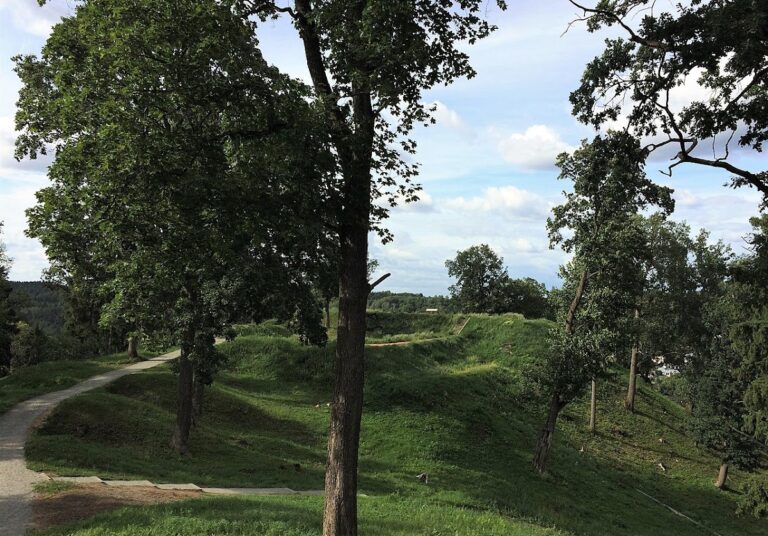Norviliškės Castle: A Renaissance Manor and Monastic Complex in Lithuania
Visitor Information
Google Rating: 4.5
Popularity: Low
Google Maps: View on Google Maps
Country: Lithuania
Civilization: Unclassified
Remains: Military
History
Norviliškės Castle is situated in the village of Norviliškės within the Šalčininkai district of Lithuania. It was constructed by members of the Szorcz family, wealthy East Prussian merchants, during the early 1600s. This Renaissance-era structure began as their residential manor and was first mentioned in records dating back to 1586.
In 1617, Darata Zienovičiūtė Šorcienė, the widow of Vaitiekus Šorcas, transferred ownership of the estate — which included the manor house, surrounding lands, and associated properties — to the Franciscan Minorites religious community from Vilnius. Their mission was to build a church honoring St. Francis and to establish a monastery at the location. This marked the transition of the estate from a noble residence into an ecclesiastical center.
The complex served as a monastery from its inception in the early 17th century until 1832. Following the November Uprising against Russian rule in 1831, the Russian imperial government ordered the closure of the monastery and church. The castle’s function shifted to military uses, first as barracks and later as an agricultural school for girls before the outbreak of World War I. After 1919, the local parish took possession of the site and undertook efforts to rebuild the church, which was completed in 1928. Subsequently, the castle functioned as the rectory for the parish.
The site experienced several adverse events during its history. It suffered fires in 1698 and again likely in the early 18th century, the latter destroying the original church and necessitating reconstruction. Later, in the late 1700s, Kazimierz Kamiński oversaw renovation work that updated the monastery’s facilities.
Local legend, recorded in 1933, tells of a hidden treasure comprising eighteen thousand gold coins buried by the friars near the church and monastic buildings before their forced departure. This treasure has never been found. Archaeological excavations uncovered a tunnel linking the castle to the church bell tower, and tradition holds that there once existed a secret passage connecting Norviliškės to the nearby settlement of Alšėnai.
In the late 20th and early 21st centuries, the castle underwent restoration efforts, beginning with partial renovations completed in 1999 and followed by more extensive work from 2004 to 2007. These restorations preserved the historical character while adapting the complex for new uses, including private gatherings.
Remains
Norviliškės Castle is a three-story building arranged in a rectangular plan, featuring towers on its eastern and western ends. Beneath these towers lie cellars, reflecting the practical design of the Renaissance period. Both the east and west facades showcase arcades — a series of arches supported by columns — contributing to the castle’s distinctive architectural character.
A significant preserved element is the gate tower, a four-story rectangular structure distinguished by the presence of two smaller, single-story annex buildings attached to its sides. Together with a defensive tower, these formed a closed defensive arrangement around a compact central courtyard. This configuration represents a rare surviving example of Renaissance military architecture within Lithuania and even broader Europe.
Surrounding the main residential building are additional structures including restored three-story palace wings, guest houses, and a bathhouse. These served various support functions within the castle complex. Historical plans and groundwork have indicated the location of former barracks built in 1834. These barracks were constructed using bricks originally prepared for a church that was never completed, illustrating the reuse of materials over time.
The choice of brick as a primary building material is evident throughout the complex, particularly in the later military additions. The castle is located within the boundaries of the Dieveniškės historical regional park, maintaining a spatial and historical connection to the church and former monastery buildings nearby.
Archaeological study revealed a tunnel connecting the castle directly to the bell tower of the church. This passage would have facilitated discreet movement between the two buildings. Local oral tradition also speaks of a secret underground route extending from Norviliškės to the adjacent settlement of Alšėnai, though only the tunnel to the church bell tower has been archaeologically confirmed.
The castle and its ensemble present a well-documented preservation of Renaissance defensive and residential architecture, augmented by later modifications reflecting its broad historical usage, from a noble manor to a religious center and military facility.










